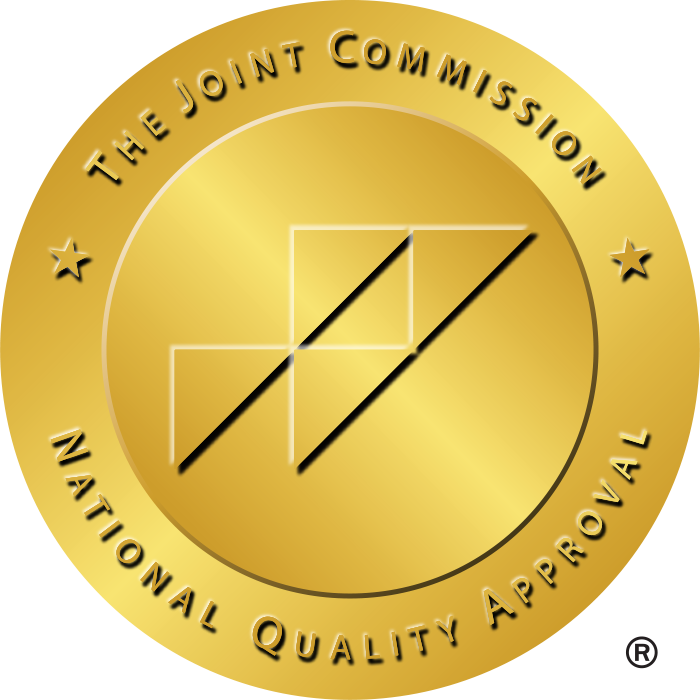Exploring the world while practicing your profession is possible with travel nursing, but it comes with challenges of its own. Picture landing in a new location, interacting with new colleagues, and trying to comprehend diverse healthcare systems– it is quite daunting.
That is exactly what a mentor is for. A mentor is someone who has walked the same journey as you and is there to guide you through offering their experiences and support. They enable you to overcome hurdles, increase your self-esteem, and enhance your persona and career.
This is exactly what we will look into in this article: how mentorship can aid travel nurses in accomplishing their career goals with less stress.
Understanding Travel Nursing
Work is only one part of a travel nurse’s life — it is also an experience. As a travel nurse, you have the opportunity to work at different places, adapt to different cultures, and experience new environments. It is a satisfying profession, but there are upsides and downsides to it simultaneously.
With every assignment comes a new workplace that has a new set of rules, a novel set of colleagues with whom you have to socialize with, and a complete set of practices — some of which have to be learned from scratch. It can be very thrilling, but on the contrary, one can also feel alien and uncomfortable.
Furthermore, coping with the patient population and the licensing requirements can at times be a little too much. This is what makes support vital. Someone being there to walk you through all these changes can be extremely handy.
What Mentorship Means
Think about having someone who has been in your position and understands the details concerning travel nursing, along with being eager to walk you through it. That is mentorship. It is more than just mastering clinical skills; it is having a reliable counsellor who helps you evolve individually and professionally.
Mentorship may begin as informal relationships that you create with seasoned, experienced colleagues or as more structured offerings by healthcare institutions. For each student, a good mentor listens to them, provides insights, and does all possible to ensure that such learners realize their potential.
With mentors, you do not need to face the battle alone. They can help navigate hurdles in travel nursing, helping you feel more fulfilled at the end of your journey. In simple terms, it’s a cheat code in an ever-changing field.
Benefits of Mentorship in Travel Nursing
Mentorships help travel nurses in their professional travel nursing journeys by providing indicated guidance and emotional support and presenting new opportunities for networking. Let’s look deeper into how each component of mentorship can enhance your experience.
Professional Growth
A mentor’s guidance can be extremely beneficial when taking up new assignments. They help you keep track of different licensing stipulations, guiding you through the processes without overwhelming you.
Moreover, mentors assist you with clinical skill refinement, enabling you to transition into different healthcare settings with greater ease. You are able to better meet the standards set by various healthcare facilities and institutions, making it much easier to provide optimal patient care.
Emotional Support
It is common for a travel nurse to feel as though they are operating in isolating conditions. Relocating to a new region and working with strangers can be emotionally taxing. Your mentor serves as your support system during these times. They lend a helping hand, talk to you, and provide encouragement, guiding you through difficult days.
Providing insight or simply bearing the brunt of your problems, their assistance makes any traveling assignment seem less challenging. This bond greatly improves a person’s emotional health and helps combat burnout, which is crucial for improved health while working as a travel nurse.
Networking Opportunities
With the help of a mentor, you are connected to a whole new world of possibilities. They assist you in meeting people in different healthcare facilities which helps you expose yourself to new job possibilities and opportunities.
Other than just looking for a job, their network offers you a great deal of information about other healthcare settings. These relationships not only enhance your career, but also make you feel like part of a broader community, which is a cornerstone for achieving success in travel nursing.
In travel nursing, mentorship is like a combination of a guide, a friend, and a career booster all in one. It’s the nudge you need to do well professionally and personally.
How Mentorship Transforms Travel Nursing Careers
Mentorship in travel nursing is not needed to survive; it is needed to thrive. You have a better chance of accelerating your career if you have an informed mentor beside you throughout your endeavors.
If you have learned from someone who has been through the ropes, it is easy to imagine that stepping into a new role comes with a great deal of confidence. Mentorship enables you to navigate through challenges, achieve your goals, and hone your skills faster than usual.
Numerous travel nurses recall the many ways mentors have had a positive impact on their career journeys. For instance, mentors actively guide nurses to previously ignored specialized fields and even leadership roles.
This type of direction helps with the achievement of long-lasting success as well as deeper satisfaction when it comes to one’s job.
How to Foster Mentorship in Travel Nursing
Nurturing mentorship in travel nursing takes effort but is certainly achievable. Let’s look at ways that healthcare facilities and travel nurses can work together and build a better mentorship structure.
For Healthcare Facilities
Healthcare institutions have a big role to play in enhancing mentorship, and here’s how:
- Establish mentorship programs: Enroll new travel nurses in suitable mentorship programs and pair them with mentors who have dealt with similar challenges. This ensures that mentorship is systematized and made available from the first day of onboarding.
- Offer resources and training: Ensure that mentors have the appropriate tools needed to assist mentees properly. Provide courses or materials relevant to mentorship, emotional intelligence, active listening, and anything else that enables mentorship at the basic level.
- Encourage relationship building: Cultivate support systems where seasoned staff and nurses can interact through networking sessions, informal get together sessions, and even online. Providing these interactions encourages relationships which is key in building mentorships.
After implementing these recommendations, conduct check ups on mentorship pairs on a regular basis to monitor the functionality of relationships. Use the feedback to fine tune the program and make it more effective.
For Travel Nurses
As a travel nurse, locating the appropriate mentor may take some effort, but all the hard work will pay off. Here are the first steps you can take:
- Engage with coworkers: While on assignment, identify and approach nurses whose work ethic makes a positive impact on you. Start conversations, inquire about their nursing journey, and share that you are interested in advanced learning from them.
- Become a member of professional networks: There are numerous organizations or sites available designed for nurses who travel for work. Make it a priority to contribute to these communities—on social media, forums, or in-person at events—to increase your chances of being matched with a mentor.
- Outline your expectations: When seeking mentorship, make sure to explain what you intend to do, and what specifically, you need them for. Is it guidance on implementing new strategies and clinical skills, or managing some personal issues? Being specific helps you build a working relationship.
- Develop the relationship: Appreciate and acknowledge the effort and time provided by your mentor. Engage by asking clarifying questions, following their recommendations, and remaining in touch.
Mutual respect and trust are essential to building mentorship. Both the mentee and mentor, no matter who plays which role, must thrive in a healthy and open environment.
Challenges in Mentorship
Like all endeavors, mentorship comes with challenges alongside its benefits. Both mentors and mentees within travel nursing face specific challenges that can be effectively managed when understood.
Here are some of the common challenges in mentorship for travel nurses:
1. Geographical Distance
For a travel nurse, frequently changing locations makes physically interacting with your a challenge. Nurses’ busy schedules do not make it easier to book virtual meetings and calls. Nonetheless, technology is a solution to these issues. Nurses can receive updates and stay in touch via quick video calls, emails, and text messages regardless of their location.
2. Time Constraints
Nurse mentors and mentees share one defining characteristic: they are all extremely busy. Due to work overload, it becomes impossible to have regular check-ins, which adds even further stress. In these situations mentorship only becomes possible if precise goals are established alongside loose deadlines.
3. Misaligned Expectations
A different vision for target objectives or the communication approach could lead a mentor and mentee to have different levels of expectations and involvement. Such a mismatch has the potential to create both misunderstandings and unmet expectations.
Right from the very beginning, there has to be clear and authentic two-way communication. Define roles, set boundaries, and periodically ensure goals are revisited to confirm alignment of both parties.
4. Balancing Professionalism and Friendship
Friendship often accompanies mentorship, and while this is a good thing, professionalism needs to be maintained and mentorship objectives should progress as planned. A healthy balance of support and structure allows the relationship to be productive while ensuring it has not completely strayed off course.
These are certainly not easy, but the benefits that come with mentorship are, in fact, greater than the challenges they present. With both effort and some understanding from both angles, mentors and mentees are able to develop a relationship that is holistically impactful and transformative.
Conclusion
The role of mentorship in a travel nursing journey is extremely pivotal. It assists in providing direction, emotional support, and invaluable connections to help you succeed and grow within unfamiliar environments.
Mentors serve the purpose of helping you adapt to new roles and systems while increasing your self-esteem. With personal programs or self-driven initiatives, strong mentorship relationships can be created, which will empower you to achieve fully and obtain greater satisfaction in your profession.
When applied correctly, mentorship enables travel nurses to improve their experiences. The ripple effect will positively impact the entire nursing community, creating collective advantages for all participants.







